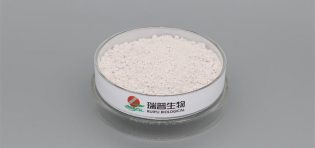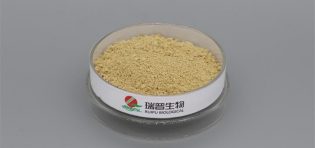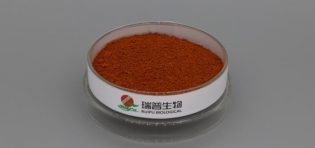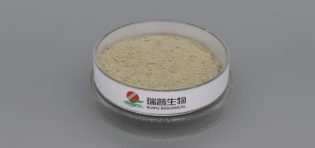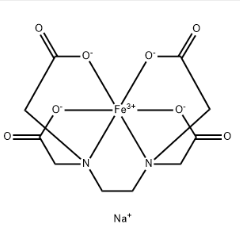
To preserve ferric sodium edetate (sodium ferric ethylenediaminetetraacetate) and ensure its stability and effectiveness, we can follow these guidelines:
Proper Storage: Store ferric sodium edetate in a cool, dry, and well-ventilated area away from direct sunlight and heat sources.High temperatures can cause degradation and decrease the shelf life of the compound.
Moisture Control: Protect ferric sodium edetate from excessive moisture, as it can lead to clumping or the formation of hydrated complexes.Keep the compound in airtight containers or tightly sealed bags to minimize exposure to humidity.
Avoid Contamination: Prevent contamination of ferric sodium edetate by ensuring proper handling.Use clean and dry utensils or tools when dispensing or transferring the compound to avoid introducing impurities.
Labeling and Documentation: Clearly label the containers or bags containing ferric sodium edetate with relevant information such as the product name, batch or lot number, and date of manufacture.This helps with traceability and quality control.
First-in, First-out (FIFO) System: Implement a FIFO system when using ferric sodium edetate, using older batches before newer ones.This helps to ensure that the compound is used within its recommended shelf life.
Regular Inspections: Periodically inspect the stored ferric sodium edetate for any signs of discoloration, clumping, or other changes in physical appearance.If any abnormalities are observed, it may indicate degradation or contamination, and the compound should be discarded.
The specific storage and preservation requirements for ferric sodium edetate may vary depending on the manufacturer's recommendations and any regulatory guidelines in our region.Always refer to the product documentation or consult the supplier for specific storage instructions and any additional precautions to ensure the optimal preservation of ferric sodium edetate.





